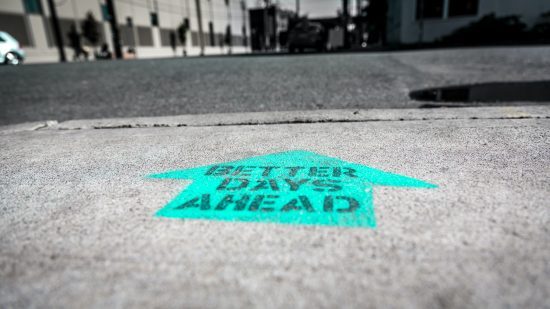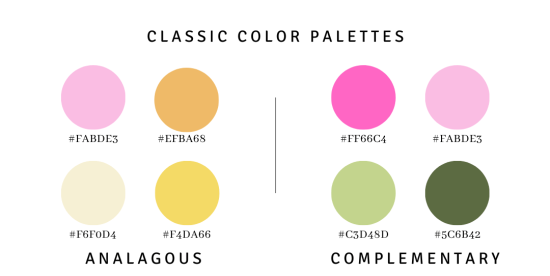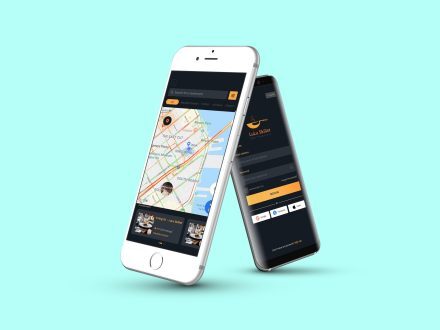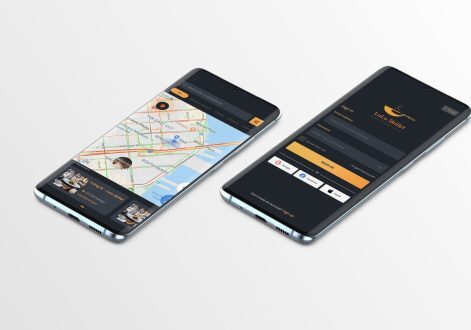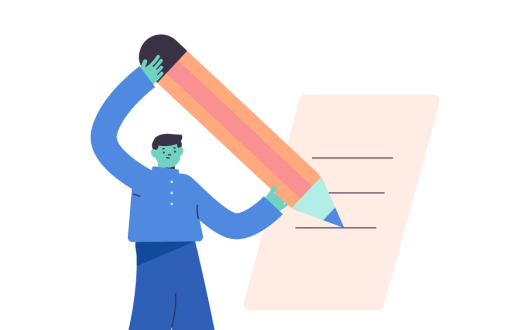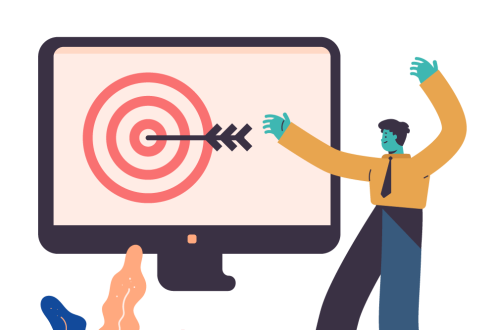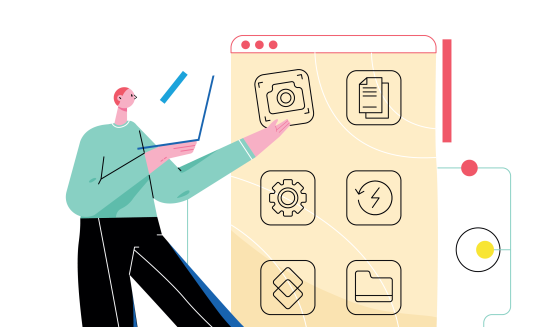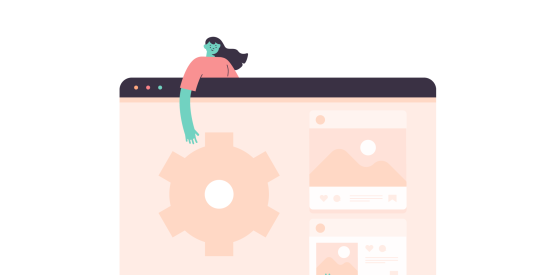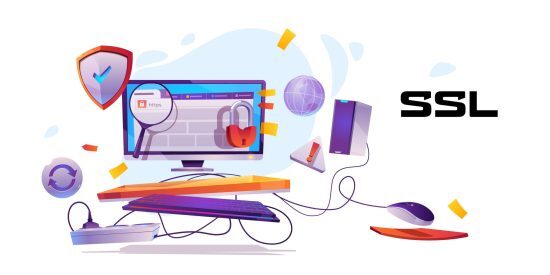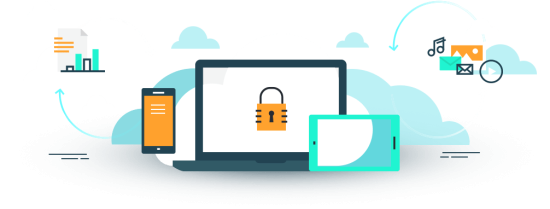Everything is agile: the story of agile (and how it became everyone’s favorite work method)

Everything is agile
Origins
Back in the 90s, software development was a laborious, time-consuming process, and products could easily take three or more years to build. This time-lag meant that the entire landscape could shift before a product reached the market.
Needless to say, a lot of money and time was wasted building products that were no longer needed by the time they reached customers’ hands. Software developers were understandably frustrated by this experience. And so, in 2001, a group of thought leaders from the software community came together and wrote the Agile Manifesto.

Enter the Agile Manifesto
The Agile Manifesto outlined a new set of principles to guide software development toward a more flexible, adaptable model.
The principles included statements such as “Our highest priority is to satisfy the customer through early and continuous delivery of valuable software,” “Welcoming (sic) changing requirements, even late in development,” and “Working software is the primary measure of progress.”
The ideas expressed in this document inspired a new approach to product development, one that involved a shift from a top-down, linear method of managing projects, to a data-driven, cyclical approach. This shift resulted in novel transformations in the world of software, and ultimately, the world of work at large.
Agile characteristics
So what are the characteristics of agile? Here are the main points:
- Agile work is collaborative, with a focus on continual improvement.
- The work progresses cyclically.
- Products are developed by cross-functional teams. Individual expertise in areas such as data, engineering, and design informs the process from the beginning.
- Large projects are broken down into small steps. Work is produced in short increments, called iterations or sprints.
- Progress is reported frequently via daily and/or weekly check-ins.
- Work is oriented toward pleasing the customer.
- Code is tested regularly—usually at the end of each iteration.
- New directions are chosen to accommodate changing realities. The approach is adaptive and continuous.
 The agile advantage
The agile advantage
One of the big advantages of agile is the ability to adjust goals and adapt approaches throughout the course of a project. In this way, the team functions like an independent organism, learning from its environment and adjusting its behavior as it evolves. This helps ensure an outcome that suits the current business environment, especially when the environment itself is constantly in flux.
Once the benefits of the agile approach were apparent in the software world, other industries took notice. Agile spread to mainstream companies, even beyond the parameters of engineering. Today, even government agencies are incorporating elements of agile into their work practices.
Everything is agile
The influence of agile is everywhere. Large manufacturers now utilize lean manufacturing practices (influenced by agile, as well as just-in-time production). Companies in many industries now describe their physical workspaces as agile, and encourage employees to work from different locations throughout the day.
Project managers, in turn, can choose from a wide range of agile methodologies, including scrum, lean, and kanban. Each method has spawned its own realm of training programs and devoted followers. This whole realm is sometimes sarcastically called the “agile industrial complex.”
The embrace of agile has even moved beyond the bounds of work. Perhaps you’ve heard of Agile architecture? Even agile parenting is a trend.
With the onset of the COVID-19 pandemic, millions of companies were forced to pivot to remote work, rapidly close and re-open, or rewrite their business model. Adapt or die became less a rallying cry and more a truism. And agile became the buzzword of choice throughout the land.
 Navigating a shifting world
Navigating a shifting world
Agile is here to stay. What remains to be seen is whether it will stay vital or become entrenched and enamored with its own systems. Seemingly, a method so responsive to change will continue to evolve and positively influence all kinds of industries, even the more traditional or archaic ones.
The experience of conducting business in the throes of a global pandemic has schooled us all. And likely we have even greater challenges in store. As global warming and rapid tech innovation amplify the forces of change, our rate of adaptation must keep pace. In the midst of such flux, agile gives us a framework with which to embrace change and learn from it — a better option than resisting or denying the inevitable.
Do you need a dev team to help out with your agile software project? Get in touch to start a conversation and learn more about how we can help.
LimeTech is a creative tech company with a focus on innovation and adaptive change. We use technical know-how, design skills, and deep experience in entrepreneurship to help companies advance their business goals. Do you need IT planning, mobile app development, web design, or remote work solutions that will take your business to the next level? Get in touch today and find out what we can do for you.
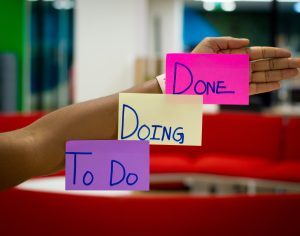 The agile advantage
The agile advantage Navigating a shifting world
Navigating a shifting world